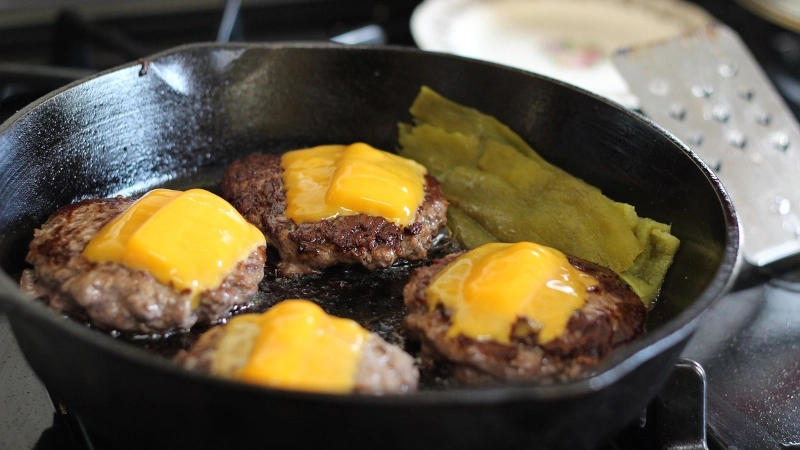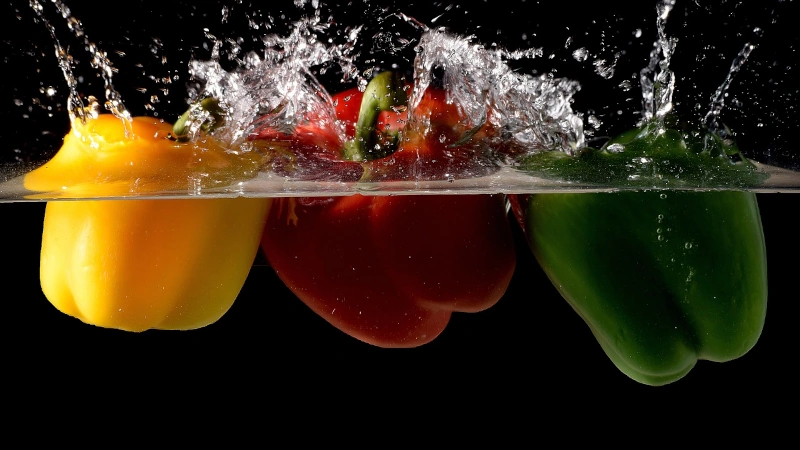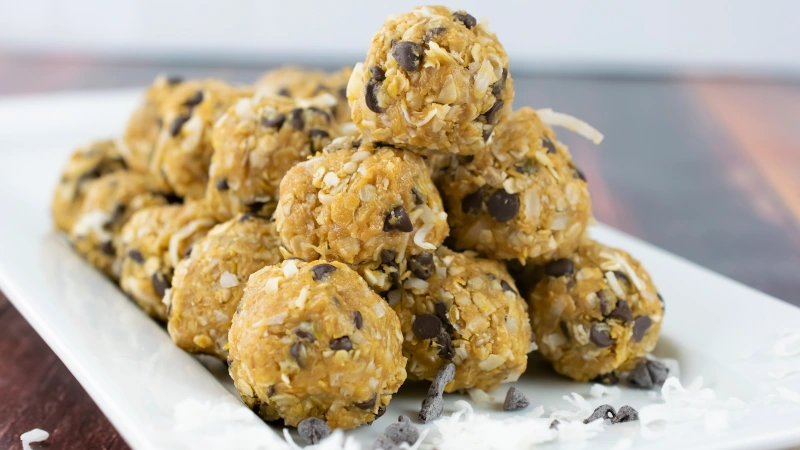There’s no quicker way to anger a cast iron pan fan than to suggest scrubbing one with soap. Anyone who has ever been in a conversation with die-hard users of the cookware has undoubtedly heard the neverending list of rules surrounding their care.
Season your pan. Don’t cook acidic foods in it. Don’t put it in the dishwasher. Don’t use soap.
But which of these rules are true wisdoms passed down through generations and which are just internet hearsay?
According to Sean O’Keefe, professor in the Department of Food Science and Technology at Virginia Tech, the answer is both.
“There’s a lot of mythology out there around cast iron pans because they are so awesome,” O’Keefe said. “There’s a bit of a learning curve for cooking and maintaining them, but they last a lifetime and are pretty much indestructible.”
Cast iron pans are incredibly versatile and can be used on the stove, in the oven, on the grill, and even over a campfire. When properly seasoned and heated, they have nonstick properties similar to teflon. Unlike teflon-coated pans, cast iron ones don’t degrade over time, potentially leeching forever chemicals into food.
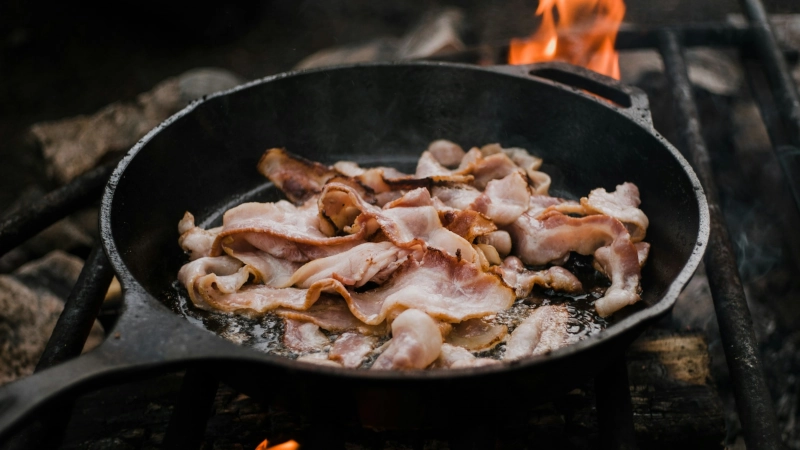
“From a cooking standpoint, they are heavy and have a high thermal mass,” said O’Keefe. “They also have a higher heat emissivity, meaning more heat comes off the pan compared to other cookware types. They need more time to heat evenly, but they remain hot longer and can go directly from stove top to oven without problem. Cast iron cooks differently compared to stainless pans, which adds to the lore.”
Proper seasoning is where many of the myths surrounding the classic cookware arise. Seasoning involves adding a small amount of oil or fat to the pan and allowing it to polymerize. During this process, the oil molecules react to heat and combine to form larger molecules. This creates a thin protective layer in the pan that prevents rust and gives it its nonstick properties.
“Cast iron is just pure iron,” O’Keefe said. “It’s not stainless steel, which is iron that has chromium added to the formulation. This chromium will produce a chromium oxide layer on the surface, preventing an iron oxide layer from forming. So bare cast iron will rust rapidly. To prevent this, we season the pan.”
One of the ever present myths is that you should never use soap to clean cast iron. According to O’Keefe, this notion comes from a time when soap contained lye and could easily damage a pan’s seasoning. However this doesn’t apply to the use of modern soap on a properly seasoned pan.
“You don’t want to remove the oil polymer layer that protects the iron from oxidizing or rusting, but washing with soap will not wash off the protective layer since that layer is polymerized,” he said. “Nevertheless, a properly seasoned pan really doesn’t need more than washing out old food crumbs and wiping down with oil after each use to make sure the seasoning layer stays intact.”
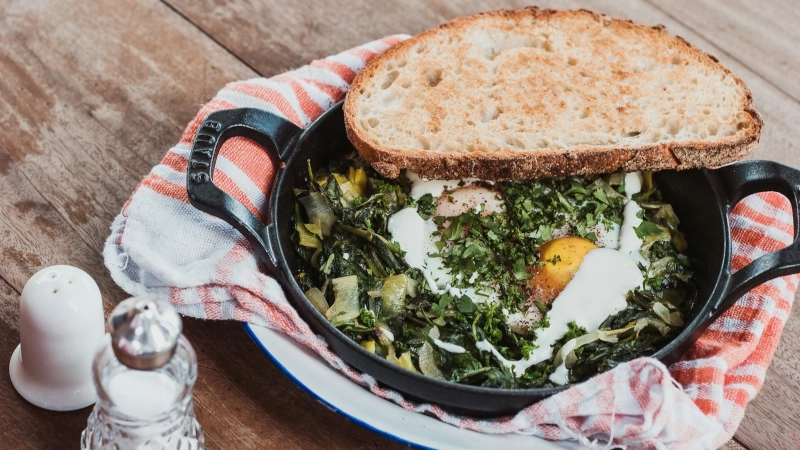
Another common myth is that you should never cook acidic foods in cast iron, as the acid can damage the seasoning layer and cause iron to get into the food. O’Keefe said this one is partially true.
“A properly seasoned pan can be used with acidic foods, but is not the best choice if the food will be simmered for a long time, like tomato sauce,” he said. “For that application, enamel coated cast iron like the kind that Le Creuset makes would make a lot more sense.”
The concerns about dishwashers are accurate, O’Keefe said. It’s not a good idea to soak seasoned cast iron in that much water for so long. Water causes iron to rust, and the entire pan won’t be fully seasoned enough to prevent it.
One of the regular questions in online discussions is whether there are food safety concerns associated with cooking in cast iron. According to O’Keefe, the answer is a simple no.
“The only safety concerns I see involve dropping a pan on a glass top stove, and because the pans hold heat much longer, the increased possibility of burns,” he said.
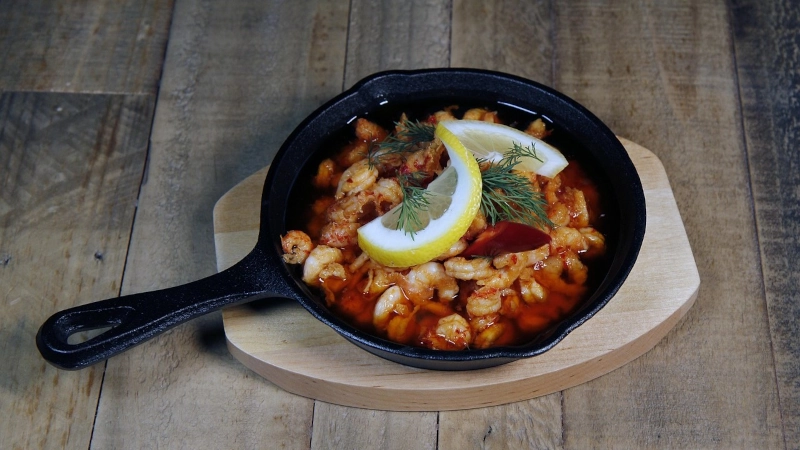
Dr. O’Keefe’s Cast Iron Care Tips
- Season your pan thoroughly before you first use it. To do this, rub a thin, even layer of fat or oil on the pan’s surface inside and out and then put it upside down into the oven for one hour at 450 degrees Fahrenheit to polymerize. Repeat this process two to three times to create an impermeable layer of oxidized oil on the surface. Some pans come pre-seasoned.
- After each use, rinse your pan with warm water and soap, if needed, thoroughly dry it, and then rub it down with oil to maintain the seasoning layer.
- The type of oil you use when seasoning your pan matters. O’Keefe said to choose an oil with high polyunsaturated oil composition that can make a firm layer, such as soybean or flaxseed oil. Something like coconut oil would not work as well.
- Cast iron should be preheated before adding food. Iron heats more unevenly than other pan types, so make sure the entire surface is hot.
- Cast iron also gives off higher heat and holds heat longer than other pan types, so use caution when handling your pan.
- Wood utensils are ideal, but contrary to popular belief, you can use metal as long as you’re not digging into the pan surface and damaging the top layer.
About O’Keefe
Sean O’Keefe is a professor in Virginia Tech’s Department of Food Science and Technology. In his more than 35 years as a food scientist, he has published numerous research papers on flavor chemistry and has shepherded countless graduate students through their food science education.
The post Virginia Tech food scientist dispels the myths behind cast iron pan use originally appeared in Virginia Tech News.
